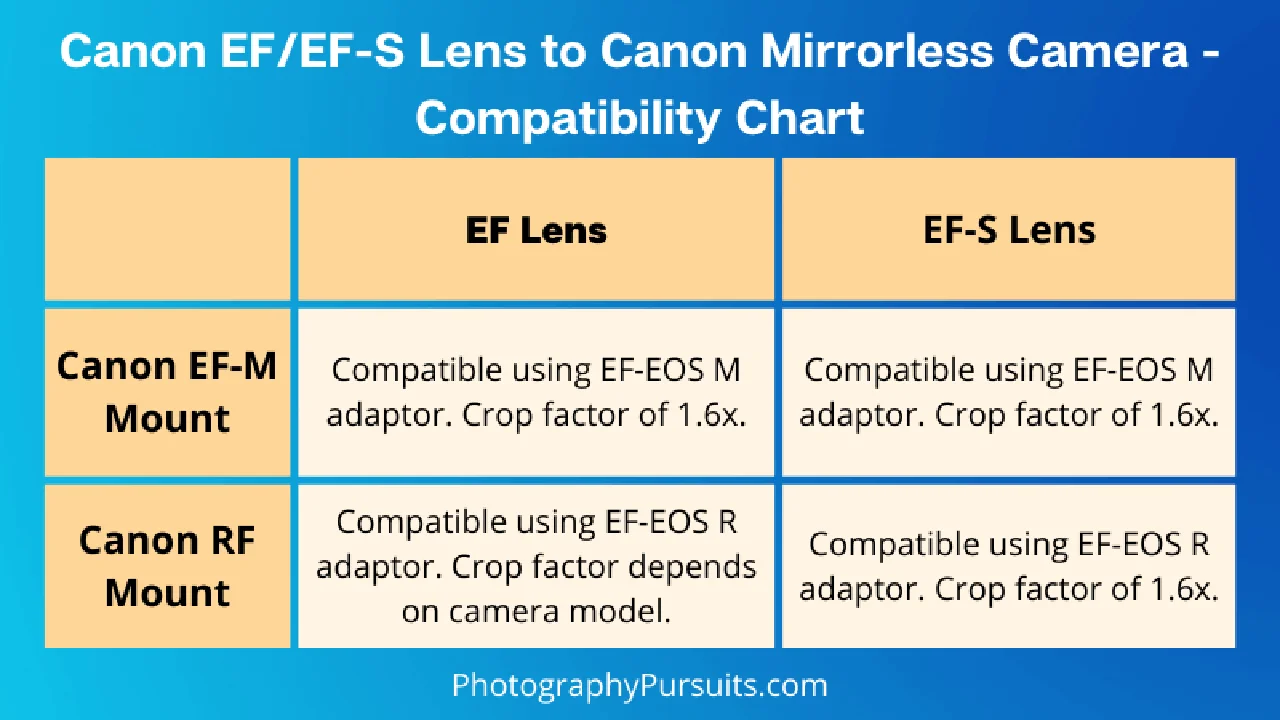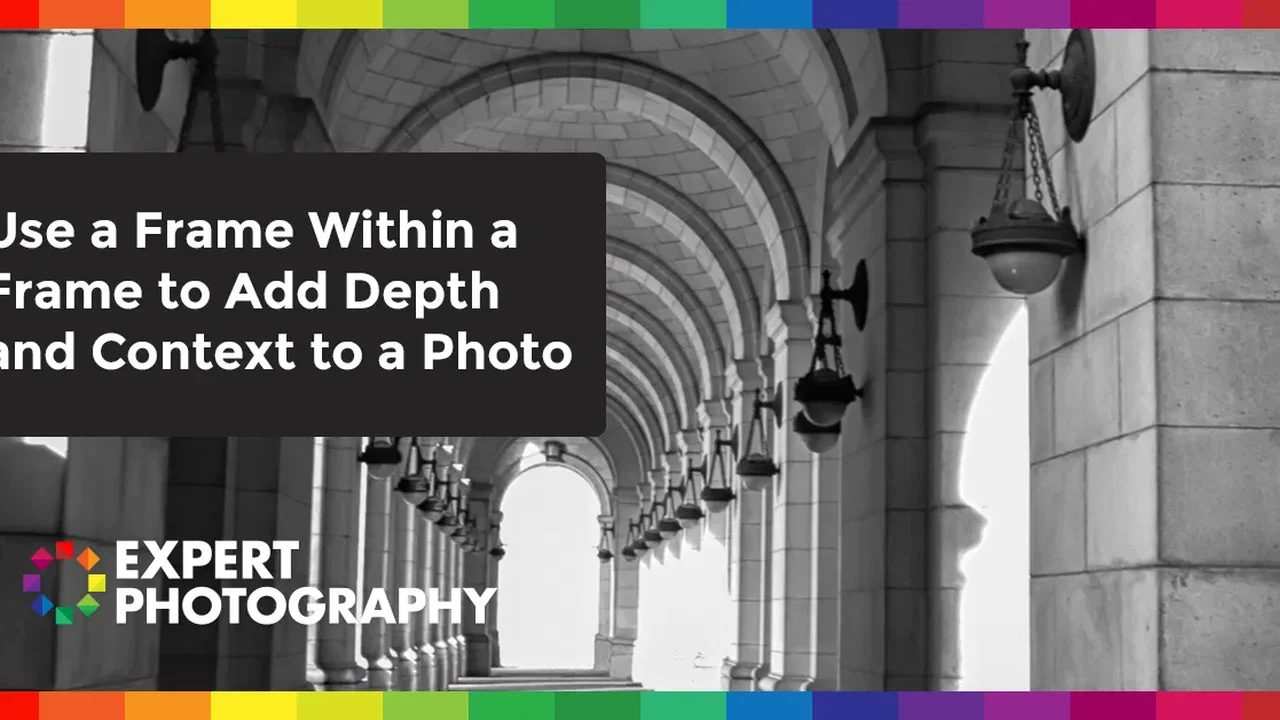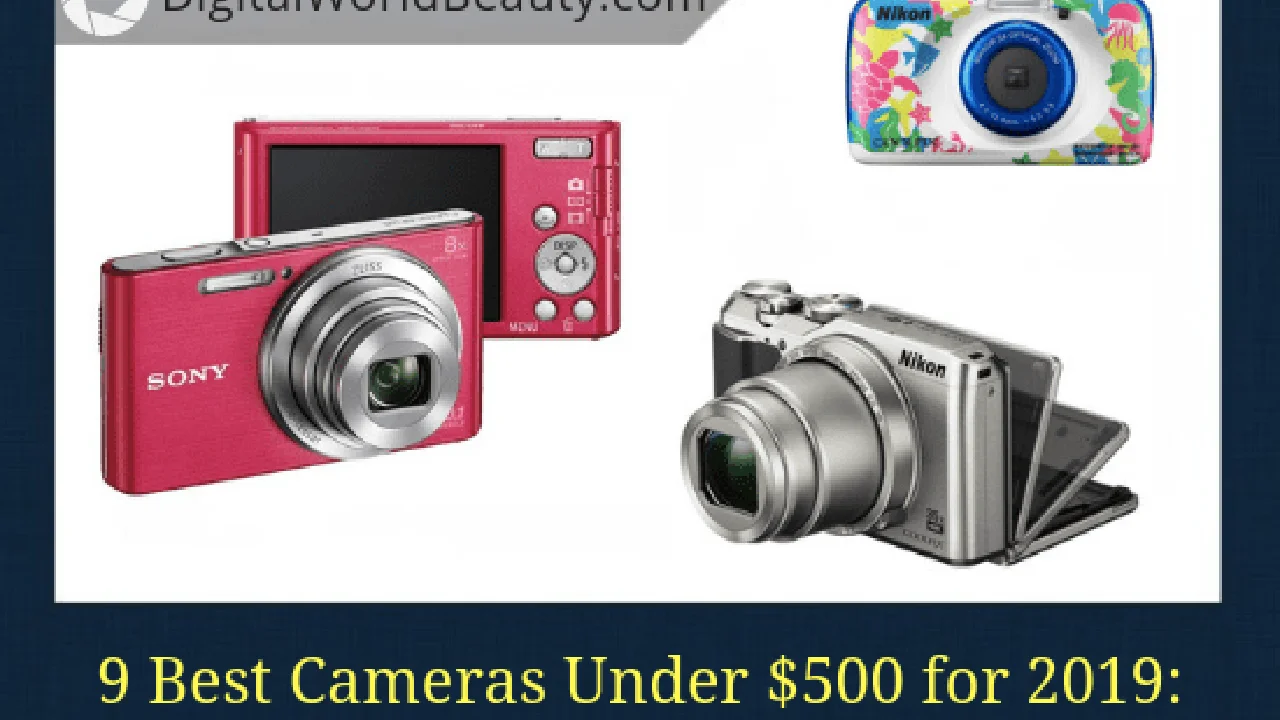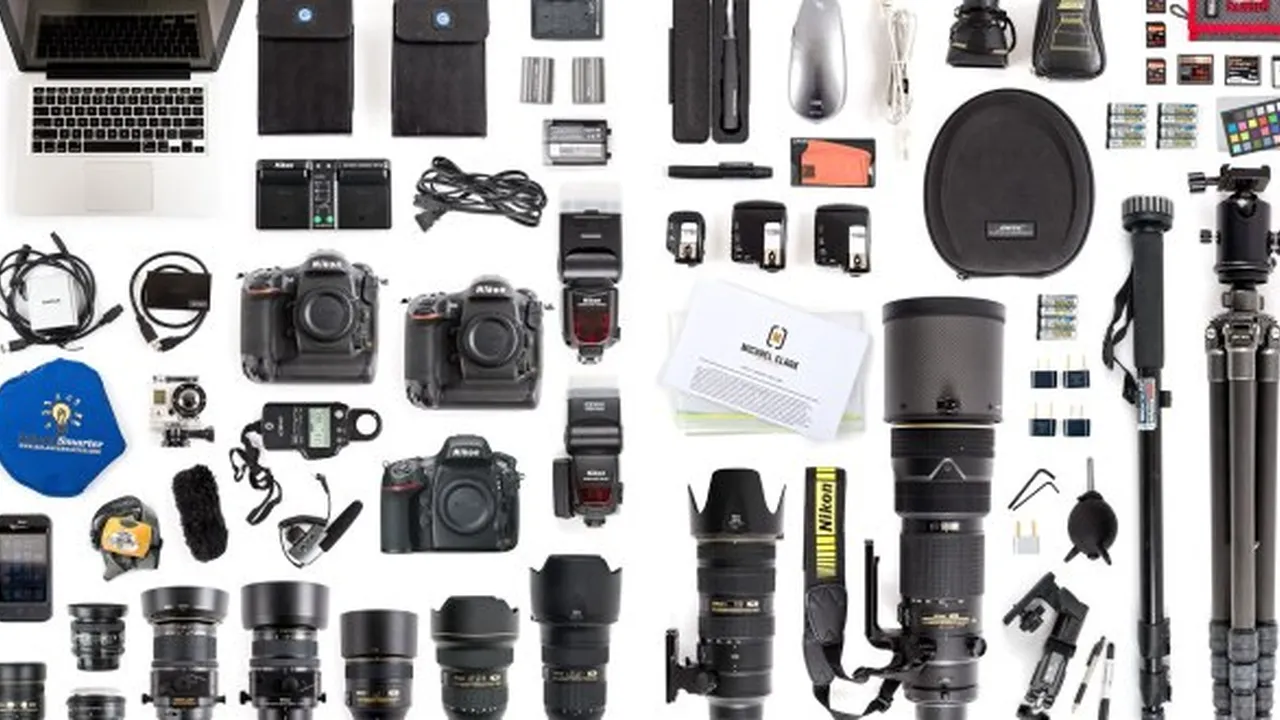Lens Mounts: Understanding Compatibility with Your DSLR
Understanding lens mounts can be a daunting task, especially for new DSLR users. This guide breaks down the complexities of different lens mounts, explaining compatibility issues and helping you choose the right lenses for your camera. We'll also explore popular lens options, their ideal uses, and compare them based on price and performance.

Choosing the right lenses for your DSLR is crucial for capturing stunning images. But before you can start building your lens collection, you need to understand lens mounts. The lens mount is the interface between your camera body and the lens, and compatibility is key. Using the wrong lens mount can prevent you from attaching the lens to your camera, or even damage your equipment.
Understanding Different Types of Lens Mounts for DSLRs: Canon, Nikon, Sony, and More
Different camera manufacturers use different lens mounts. Here's a breakdown of some of the most common ones:
* **Canon EF and EF-S:** Canon's EF mount is used on their full-frame DSLRs, while the EF-S mount is designed for their APS-C sensor cameras. EF lenses can be used on EF-S cameras, but EF-S lenses cannot be used on EF cameras. * **Nikon F-mount:** Nikon's F-mount has been around for decades, and it's used on both their film and digital SLR cameras. However, not all F-mount lenses are compatible with all Nikon DSLRs. Some older lenses may not support autofocus or metering on newer cameras. * **Sony A-mount:** Sony's A-mount is used on their DSLR and SLT cameras. It's a legacy mount that dates back to the Minolta days. * **Pentax K-mount:** Pentax's K-mount is another long-standing mount that's used on their DSLR cameras.It's crucial to identify your camera's lens mount before purchasing any lenses. Refer to your camera's manual or the manufacturer's website for this information.
DSLR Lens Compatibility Chart: Ensuring the Right Fit
Navigating lens compatibility can be tricky. Here's a simplified chart to help you understand the basics:
| Camera Brand | Mount Type | Lens Compatibility | Notes | |--------------|------------|--------------------|----------------------------------------------------------------------| | Canon | EF | EF, EF-S | EF-S lenses cannot be used on full-frame Canon DSLRs. | | Canon | EF-S | EF-S, EF | EF lenses can be used on Canon APS-C DSLRs. | | Nikon | F | F | Check compatibility charts for specific lens and camera combinations. | | Sony | A | A | | | Pentax | K | K | |This chart is a general guide. Always double-check compatibility before purchasing a lens.
Adapting Lenses: Using Third-Party Lens Adapters for Different Mounts
Lens adapters allow you to use lenses with a different mount than your camera's native mount. For example, you might use an adapter to mount a vintage Nikon F-mount lens on a Sony E-mount camera. However, using adapters often comes with limitations. Autofocus may not work, and you might lose electronic aperture control. Research the specific adapter you're considering to understand its limitations.
Best DSLR Lenses for Beginners: Kit Lenses and Beyond
Most DSLRs come with a kit lens, which is a versatile zoom lens that's a good starting point for beginners. Common kit lenses include 18-55mm and 18-135mm lenses. These lenses are affordable and offer a decent range of focal lengths for everyday photography. However, they often have limited aperture ranges, which can affect low-light performance and depth of field.
Recommended DSLR Lenses for Portrait Photography: Prime Lenses and Zoom Options
For portrait photography, prime lenses with wide apertures are often preferred. A 50mm f/1.8 lens is a classic choice for portraits. It's affordable, sharp, and provides a beautiful bokeh (background blur). Other popular portrait lenses include 85mm f/1.8 and 135mm f/2 lenses. Zoom lenses like the 70-200mm f/2.8 are also excellent for portraits, offering more flexibility in framing.
Top DSLR Lenses for Landscape Photography: Wide-Angle Lenses and Zoom Options
Landscape photography often requires wide-angle lenses to capture expansive scenes. Lenses in the 10-24mm or 16-35mm range are popular choices. These lenses allow you to capture a wide field of view and create dramatic perspectives. Zoom lenses like the 24-70mm are also versatile for landscape photography, allowing you to zoom in on specific details.
Macro Lenses for DSLR Cameras: Capturing the Smallest Details
Macro lenses are designed for capturing close-up images of small subjects. They have a high magnification ratio, allowing you to see details that are invisible to the naked eye. Macro lenses are commonly used for photographing flowers, insects, and other small objects.
Understanding Lens Specifications: Aperture, Focal Length, and Image Stabilization
Understanding lens specifications is crucial for choosing the right lens for your needs.
* **Aperture:** The aperture is the opening in the lens that controls the amount of light that enters the camera. A wider aperture (lower f-number) allows more light to enter, resulting in brighter images and shallower depth of field. * **Focal Length:** The focal length determines the angle of view and the magnification of the lens. Shorter focal lengths (e.g., 16mm) provide a wider angle of view, while longer focal lengths (e.g., 200mm) provide a narrower angle of view and greater magnification. * **Image Stabilization:** Image stabilization helps to reduce camera shake, allowing you to shoot sharper images at slower shutter speeds.DSLR Lens Price Comparison: Budget-Friendly Options vs. High-End Lenses
The price of DSLR lenses can vary greatly, depending on the brand, features, and image quality. Kit lenses are typically the most affordable option, while high-end professional lenses can cost several thousand dollars. Here's a general price range for different types of lenses:
* **Kit Lenses:** $100 - $300 * **50mm f/1.8:** $100 - $200 * **Wide-Angle Lenses:** $300 - $1500 * **Telephoto Zoom Lenses:** $400 - $2000 * **Professional-Grade Lenses:** $1000+Popular DSLR Lens Recommendations and Use Cases: Canon, Nikon, Sony, and More
Here are some specific lens recommendations based on camera brand and use case:
* **Canon EF 50mm f/1.8 STM:** A classic portrait lens that's affordable and produces beautiful bokeh. Great for beginners. Price: ~$125 * **Nikon AF-S DX NIKKOR 35mm f/1.8G:** A versatile prime lens that's great for street photography, portraits, and everyday shooting on Nikon DX (APS-C) cameras. Price: ~$200 * **Sony FE 24-70mm f/2.8 GM:** A professional-grade zoom lens that's ideal for a wide range of photography, including portraits, landscapes, and events. Price: ~$2200 * **Sigma 18-35mm f/1.8 DC HSM Art (for Canon, Nikon, Sigma):** An exceptionally sharp zoom lens with a constant f/1.8 aperture, excellent for low light conditions and creative depth of field control on APS-C DSLRs. Price: ~$800 * **Tamron SP 70-200mm f/2.8 Di VC USD G2 (for Canon, Nikon):** A telephoto zoom lens perfect for sports, wildlife, and portrait photography, offering excellent image quality and vibration compensation. Price: ~$1300Maintaining Your DSLR Lenses: Cleaning and Storage Tips
Proper lens maintenance is essential for keeping your lenses in good condition. Use a lens cleaning cloth and lens cleaning solution to remove dust and fingerprints. Store your lenses in a dry, cool place when not in use. Consider using a lens case or bag for added protection.
:max_bytes(150000):strip_icc()/277019-baked-pork-chops-with-cream-of-mushroom-soup-DDMFS-beauty-4x3-BG-7505-5762b731cf30447d9cbbbbbf387beafa.jpg)






